http://www.reefkeeping.com/issues/2006-02/totm/index.php
 It is no wonder why Pieter van Suijlekom’s reef aquarium has been chosen as “tank of the month” by the Reefkeeping online magazine. With a lenght of 6 metres and weighing 8000 kg, this is the largest private aquarium I have ever seen, and I guess it must be one of the most impressive ever constructed. (My dentist has an impressive aquarium, too: a very good idea to soothen up the patient´s nerves before the torture). It is so big that a 22-mm thick safety glass sheet had to be custom made by Tetterode Glass so that it could stand the tremendous pressure of the water inside.
It is no wonder why Pieter van Suijlekom’s reef aquarium has been chosen as “tank of the month” by the Reefkeeping online magazine. With a lenght of 6 metres and weighing 8000 kg, this is the largest private aquarium I have ever seen, and I guess it must be one of the most impressive ever constructed. (My dentist has an impressive aquarium, too: a very good idea to soothen up the patient´s nerves before the torture). It is so big that a 22-mm thick safety glass sheet had to be custom made by Tetterode Glass so that it could stand the tremendous pressure of the water inside.
The number and kinds of fish and corals lodged inside this tank is by no means less impressive. To mention a few, you will find here examples of Seriatopora hystrix, Poccilopora verrucosa, one Halichoeres chrysus and three Naso literatus (naso literatus? this must be the Cyrano de Bergerac among the fish, I guess). The tank has been accomodated on the second floor of the “Open fireplace Center”, a shop in Vlaardingen, Netherlands. As you may see in the pictures, the room has been fitted with two comfortable armchairs (I have to talk to my dentist about it), and I’m sure that if I lived nearby I would grab some popcorn and go to the dock of the tank to watch the fish roll in, instead of spending my money going to the movies.
ps. I have just found the monster-megatank. Still, if not in size, I think that Pieter’s aquarium is much more impressive in terms of style.
Related Article: The minitank!
Related Article: The Ecosphere
 Since rc3 and rc4 were released very close to each other, I’ll include here both versions’ features:
Since rc3 and rc4 were released very close to each other, I’ll include here both versions’ features: The Ecosphere is not only a water tank with a few red shrimp, bacteria, and some algae. Actually, it is the succesful result of serious research on managing closed ecosystems.
The Ecosphere is not only a water tank with a few red shrimp, bacteria, and some algae. Actually, it is the succesful result of serious research on managing closed ecosystems.  It is no wonder why Pieter van Suijlekom’s reef aquarium has been chosen as “tank of the month” by the
It is no wonder why Pieter van Suijlekom’s reef aquarium has been chosen as “tank of the month” by the 















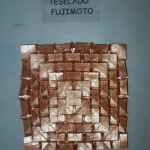
















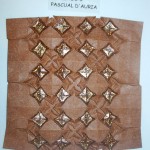

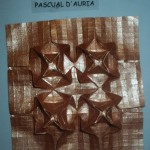









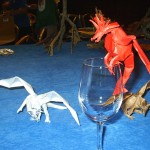


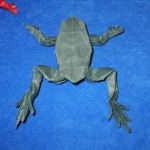




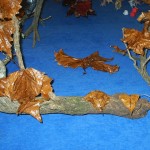








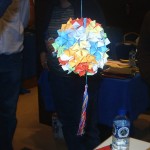

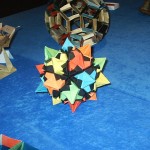




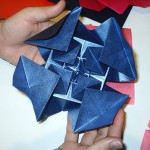





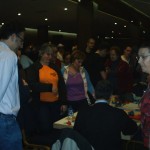




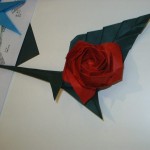
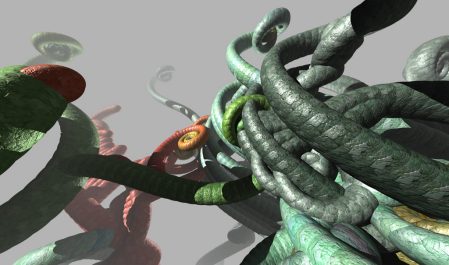
 An easy recipe, served by George Hart, for the dinousaurs’ favourite cookies to enjoy at tea time. With lots of butter, chocolate and humour, what else can one ask for?
An easy recipe, served by George Hart, for the dinousaurs’ favourite cookies to enjoy at tea time. With lots of butter, chocolate and humour, what else can one ask for?
 I recognize that these explanations can be intimidating if you are not familiarized with polyhedra. That´s why the site above is invaluable: it will let you intuitively tinker with those abstruse geometries through a java applet with an easy to use interface. There´s a huge amount of 3D shapes to explore (you can click on the shape and drag the mouse to rotate it), and with several different rendering options, a Stereo Mode for 3D visualization and automatic rotation and animation features, this little applet could keep you entertained for ages (plus it is highly inspirational for designers and modular origami enthusiasts). A must see!
I recognize that these explanations can be intimidating if you are not familiarized with polyhedra. That´s why the site above is invaluable: it will let you intuitively tinker with those abstruse geometries through a java applet with an easy to use interface. There´s a huge amount of 3D shapes to explore (you can click on the shape and drag the mouse to rotate it), and with several different rendering options, a Stereo Mode for 3D visualization and automatic rotation and animation features, this little applet could keep you entertained for ages (plus it is highly inspirational for designers and modular origami enthusiasts). A must see!